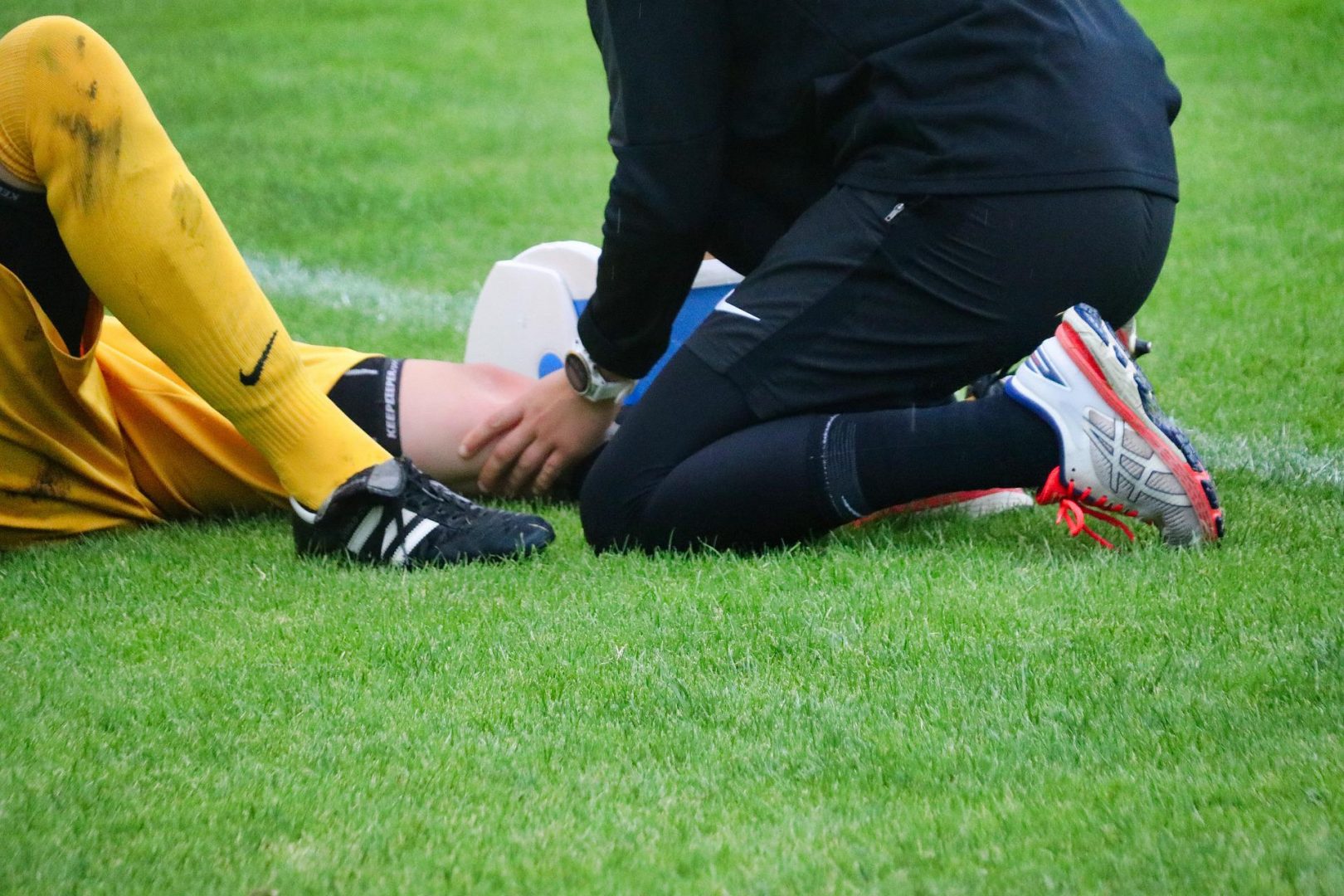Knee device to monitor ACL ‘in-motion’ pockets pre-seed funding
Subscriber Benefit
As a subscriber you can listen to articles at work, in the car, or while you work out. Subscribe Now
FORT WAYNE, Ind. - Between 100,000 and 200,000 people in the U.S. each year tear their ACL (Anterior Cruciate Ligament), an injury that commonly sidelines star athletes. While not a professional athlete, budding entrepreneur Kyle Craig knows the frustration of a sports injury keeping you from the game you love. When a sprained ankle ended his basketball season and triggered a long list of complications, he recognized the important role of joint mechanics—and most importantly—“seeing” those mechanics in motion. It sparked the idea for a device that can analyze knee movement and spot risk factors for the dreaded ACL tear in particular—and he says, potentially, stop the injury before it happens.
“When an injury occurs, it’s usually a buildup of really small things, then all of a sudden, it just fails—especially like ACL tears,” says Craig, founder and Chief Executive Officer of Caevisus. “I have my own experience with a buildup of overuse injuries and other kinds of sports-related incidents, and I knew I could apply my engineering background to that problem.”
A mechanical engineer by training, it’s perhaps not surprising that his mission centered on analyzing the knee while in motion. To bring his device idea to the market, he founded the Fort Wayne-based startup earlier this year. The company recently announced $40,000 in pre-seed funding, including participation from Indianapolis-based Elevate Ventures.
Putting his head together with Bob Kniskern, owner of a product engineering company in Fort Wayne with expertise in electronics, the two are developing a wearable sleeve that wraps around the knee and has electronic circuitry to collect and analyze knee ligament movements. Based on the overwhelming presence of ACL tears among athletes, Craig is designing the device to focus specifically on the common injury.
“My passion is to try to help prevent those major injuries from happening,” he says.
Monitoring knee health may play an important role in avoiding an ACL injury. Approximately 70% of injuries are noncontact. It’s been commonly believed that tears are the result of one acute trauma—such as a sudden change in direction, slowing down or landing from a jump. However, recent studies—including one at the University of Michigan—found that the injury is “the cumulative effect of less-severe, repeated stresses,” underscoring the value of monitoring the knee as a preventative.
“There’s a way we can use infrared light similar to an ultrasound. The infrared light penetrates the skin and bounces back, and we can pick that up and use machine learning to make sense of what the reflections mean,” says Craig. “[The device] picks up movement of the ACL to analyze it for abnormal movement patterns. It also can [measure] things like length and thickness [of the ACL] to determine how strong the tissue is.”
Craig says the device will help spot what’s called “anterior knee laxity (looseness),” a known risk factor for ACL tears.
“If you imagine pulling a rubber band tight between your hands, then bringing your hands together, the rubber band starts to droop a little bit; that’s what happens with the ACL,” says Craig. “Instead of being activated like it should be, it’s kind of loose, and that can actually create more force when you’re moving really quickly.”
Anterior knee laxity is also one reason why female athletes are two to eight times more likely to tear their ACL than male athletes; estrogen can cause greater laxity in tendons and ligaments, making women more prone to injury.
“We’re starting with athletic trainers as the target customer; my goal is to help them find those problems before they get worse,” says Craig. “Every news article I see about an athlete getting injured, I feel like, ‘If I had this out there, maybe I could’ve stopped that guy’s ACL from tearing.’ I want to get this made and get it to people who can use it as soon as possible.”
Craig says the design for the patent-pending device is “pretty well nailed down” and “now comes a lot of the grunt work.” The startup is working to finalize the first version of the device and will then focus on testing. He’s hopeful the path to market can be streamlined by earning 510(k) clearance, which means the device is as safe and effective as a similar device already commercialized.
“I’m excited to see something I thought of become a reality—make the idea become something real,” says Craig, “and see the impact it will have on athletes now and those competing at higher levels in the future.”
Craig says being located near the “Orthopedic Capital of the World” in Warsaw helps Caevisus “build the right story.”
Craig is hopeful hiring a chief financial officer to fine-tune the business model will help attract investors.
